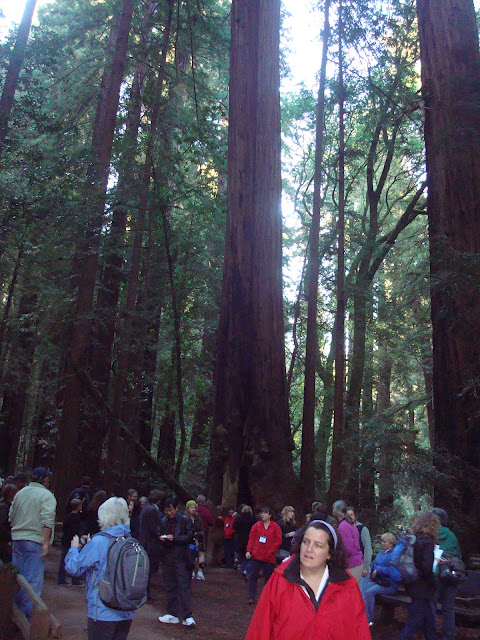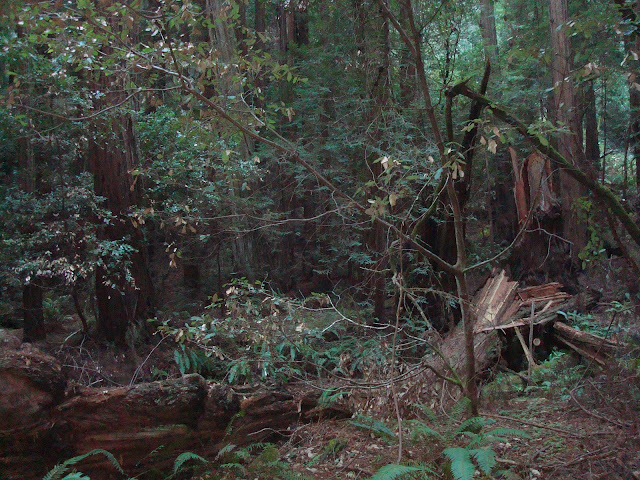 | ||
| Picture taken by Angela Peltier, U of I Extension Commercial Crop Educator. Kernals infected with Aspergillus are present. |
Aspergillus flavus and Aspergillus parasiticus, the fungal pathogens that causes Aspergillus ear rot, produces a very, dangerous mycotoxin that is considered to be a major carcinogen! The FDA regulates the allowable amount of this toxin in grain for food or feed and less than 20 ppb (parts per billion) is the allowable amount of the toxin in grain intended for human consumption and immature animals. At the U of I Plant Clinic, one of the diagnostic tests that we use to detect the fungal growth of Aspergillus flavus, is put a black light over the corn ear in a dark room. The black light will cause corn kernals infected with Aspergillus flavus to glow in the dark.
Some other diagnostic techniques used to diagnose ear rots involve "plating" infected corn kernels on agar to allow the fungal ear rot pathogens to grow. Identification can be made by spore and fungus morphology.
Aspergillus sp. are not the only fungal ear rot pathogens to produce mycotoxins in corn. For more information on Aspergillus ear rot, see the following link: http://cropdisease.cropsci.illinois.edu/corn/Aspergillusearrot.html
Other ear rots that can cause mycotoxins:
- Fusarium ear rot, often characterized by a starburst pattern on corn kernals, caused by Fusarium moniliforme, F. proliferatum, and F. subglutinans can also produce a mycotoxin called Fumonisin. For more information, see the following link: http://cropdisease.cropsci.illinois.edu/corn/Fusariumkernelandearrot.html
- Gibberella ear rot, often characterized by a reddish mold first on the ear tip, then spreads downward, caused by Gibberella zeae (=Fusarium graminearum) also produces multiple mycotoxins. For more information, see the following link: http://cropdisease.cropsci.illinois.edu/corn/GibberellaRedearrot.html
In Illinois, to get an accurate test for the concentration of mycotoxins in grain, you can send samples to the Illinois Department of Agriculture CENTRALIA ANIMAL DISEASE LABORATORY
Please call them for further instructions and information.
Illinois Department of Agriculture
Centralia Animal Disease Laboratory
9732 Shattuc Road
Centralia, IL 62801-5858
618.532.6701
TDD: 217.524.6858
FAX: 618.532.1195
Need some information on ear rots and grain storage?
Check out this link to another 2011 article written by Dr. Suzanne Bissonnette: Look at Your Ears-Crop, Stock and Ledger






















































